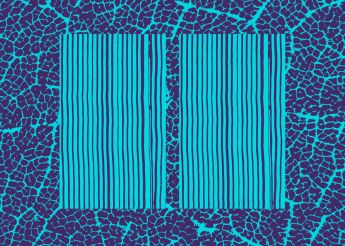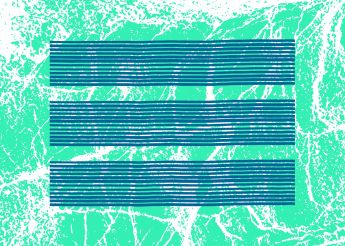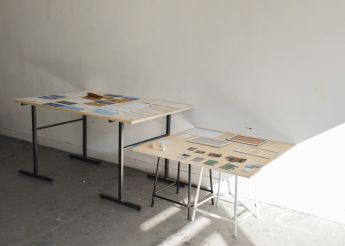When I got to the prison, they were just getting over a tuberculosis outbreak. I’m pretty sure I got exposed to it. The prison consisted of ten houses that we called “hogar 1”, “hogar 2”, etc. The facility wasn’t what I expected. There were no jail cells, but rather giant dormitories. More precisely, my building was a two-room house with a dedicated area comprising three showers, two toilets and a little side room where we could plug in appliances. I would have felt safer in a single cell rather than having to look over my shoulder every minute.
This place is supposed to hold 50 to 60 women, but in reality held up to 150, which made for really bad living conditions. It was so overcrowded that people shared the same mattress in a bunk bed, four to a bunk in total. For the first six months, I slept on the floor, with a sort of makeshift mattress made from several bed sheets. We changed it every few months. I tried to get off the floor and finally got a shared space in a bunk because of my skin condition.
The dormitory would be open all day from 8 am to 6 pm. During that time, you could go out into the prison courtyard, receive visits, go to administration or medical if you had an appointment, and so on. The yards were just open spaces. There was a basketball court where prisoners played football. During the day, we’d go down to the pitch and hang out in that area.
I was dealing with a Spanish-speaking administration, so it was difficult to understand what was going on at first. There were English speakers from Jamaica, Canada and the Bahamas who helped me understand, but I was mostly surrounded by Panamanians, Colombians and Venezuelans. I ended up forcing myself to learn the language. My goal was to be independent, so that nobody could take advantage of me. It was vital for me to learn the ins and outs to survive.





